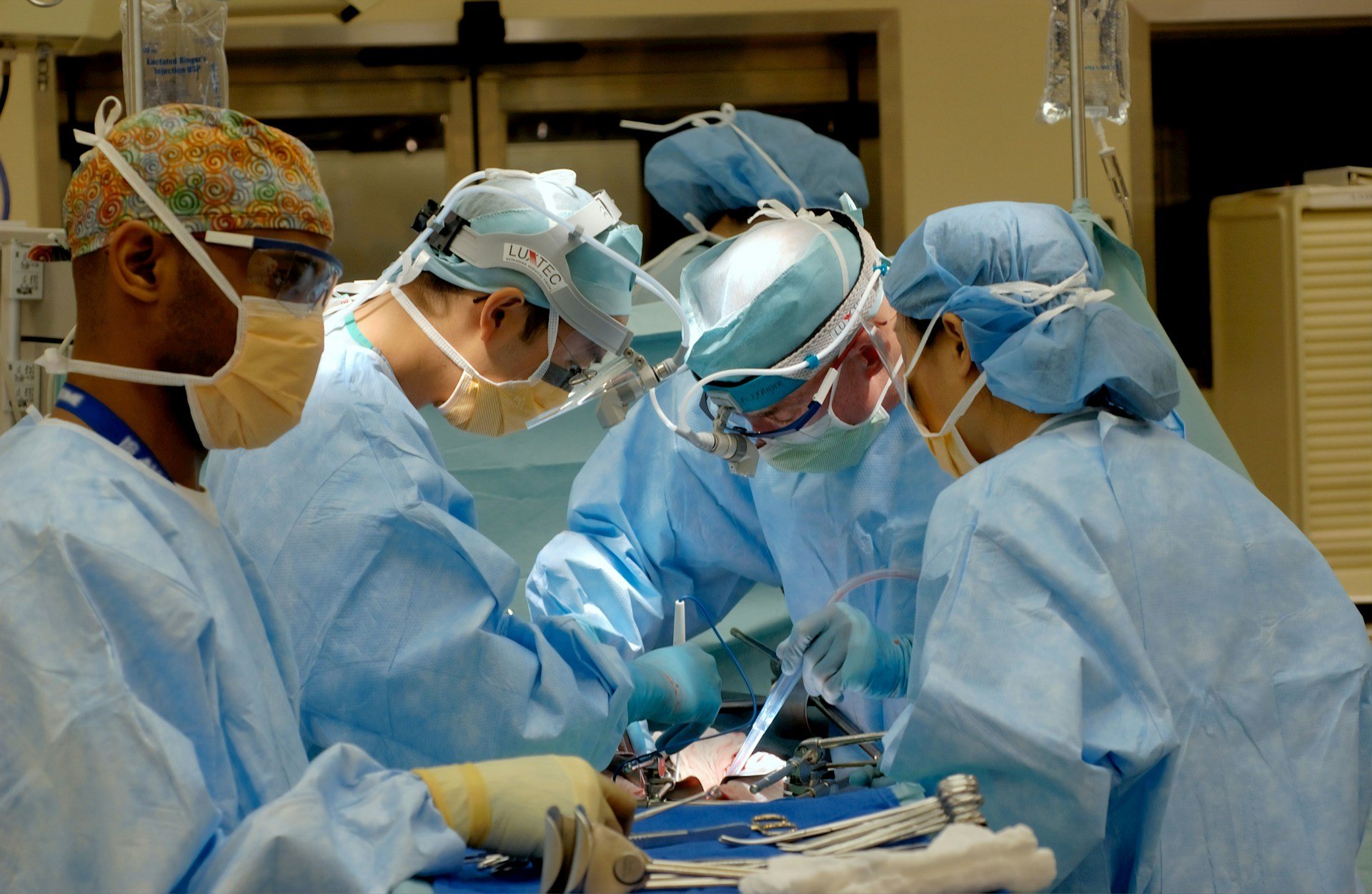
RHINOPLASTY
Rhinoplasty in Galway | Nose Reshaping Surgery
One of the most common plastic surgery procedures, nose reshaping is performed to reshape, reduce or augment a person’s nose, remove a hump, narrow nostril width, change the angle between the nose and the mouth, or to correct injury, birth defects, or other problems that affect breathing.
Who is a candidate for Rhinoplasty?
While many people think of rhinoplasty as a strictly cosmetic surgery, reshaping of the nose may be necessary to also improve breathing function. If you have a deviated septum or other physical defect that makes breathing difficult, functional septorhinoplasty can greatly improve your symptoms.
What is involved in Rhinoplasty?
The surgery is performed under general anesthesia. Each patient has specific concerns regarding their nose and what they wish to address with surgery. During a consultation with Mr. McInerney, you will discuss these issues and aim to formulate a specific plan for your surgery that you are both happy with. Mr McInerney favours an Open Rhinoplasty in most cases. This involves making very small incisions inside the nostrils and a step incision at the columella (the portion of skin between the two nostrils). Most often the hump on the bridge of the nose is removed to allow for a straight side profile. The middle section of the nose can be narrowed or made wider. The tip of the nose is altered by reshaping the cartilage. Of course, the exact surgical plan is tailored for each individual. At the end of the surgery, both nostrils may be packed with gauze, and a splint is applied to help your nose maintain its new shape. The packing will be removed within 48 hours and the splint after one week. Swelling and bruising around your eyes usually peak after two or three days and virtually disappear within the first 10 days. Most patients are back to normal activities within 10-14 days but vigorous physical activity should be avoided for six weeks.
Healing after a rhinoplasty is a slow and gradual process. Some subtle swelling may be present for months, and the final results may not be apparent for up to two years.
